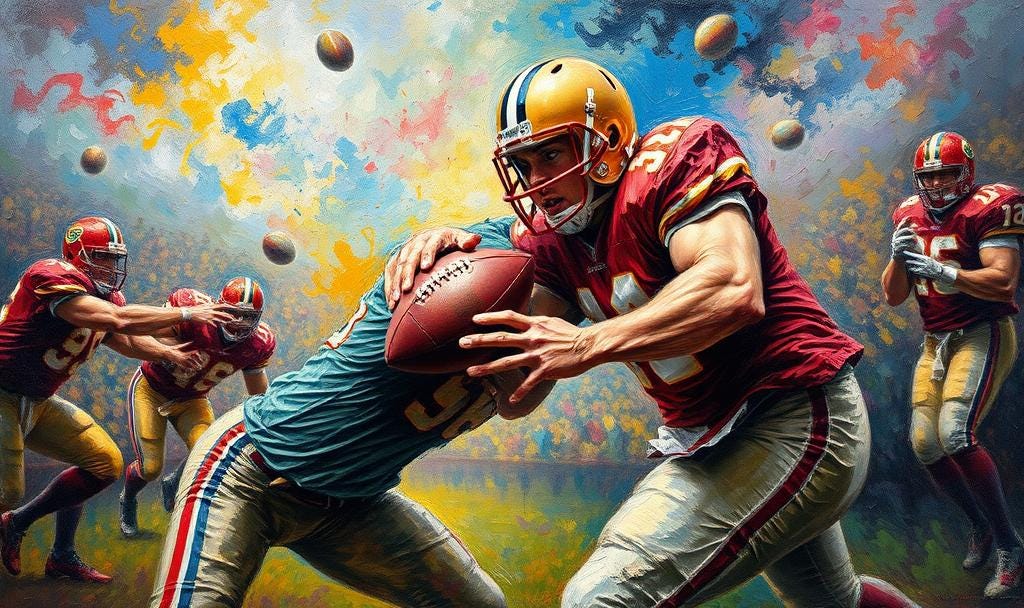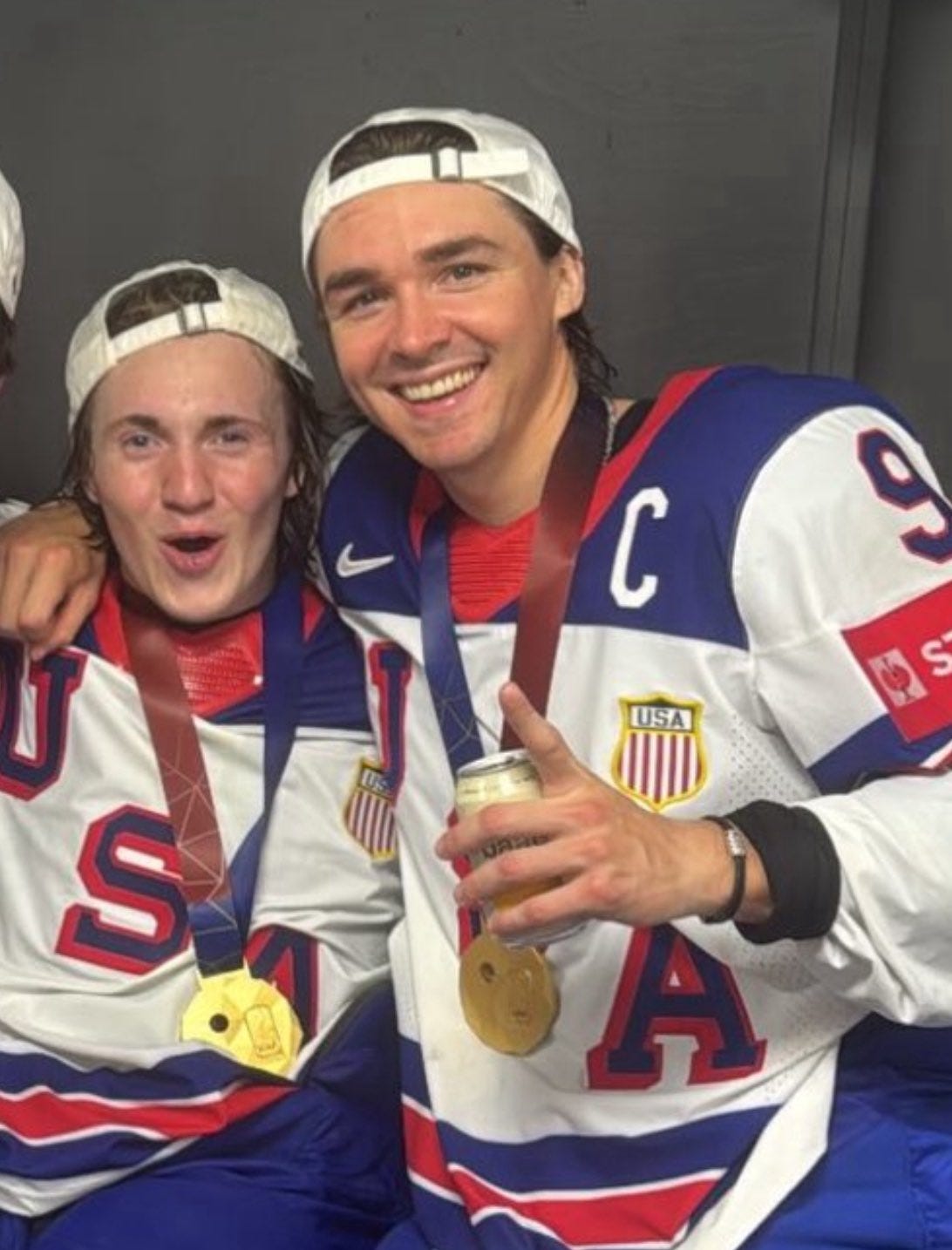Unnecessary Roughness
When wrongdoing occurs at Power 4 and G5 college football programs in Utah, there is a tendency to tuck tail rather than fight.
In the days following the 2013-14 season, Utah Utes football was faced with a dilemma it had not encountered.
Nine days after the Arizona State-Utah game Nov. 9, 2013 in which gangly Utes quarterback Travis Wilson was leveled by ASU linebacker Vontaze Burfict, a firestorm of events followed, bringing forth allegations and accusations of unnecessary roughness from media, enough that Utah head coach Kyle Whittingham addressed it.
“Travis Wilson suffered a concussion at ASU on the play where the ball came loose down in the red zone. It was a quarterback run. He didn't have any symptoms during the game or after the game, so it wasn't apparent that it was a concussion. It was the next day that a headache and some things started to surface. That was the beginning of it,” said Coach Whittingham Nov. 18. “Through the concussion diagnosis process, a preexisting condition was discovered. They proceeded to give him an angiogram to take a closer look, and that confirmed that there was a preexisting problem and something that needs to be addressed and continue to be monitored. Travis is done for the season. He has been declared unable to play for the rest of the year. It could be career ending. We'll find out. We won't know for certain for several months.”
In sum, if the Utes kept getting “Baby Giraffe” Wilson, so nicknamed hours after moi took his kiddos to Hogle Zoo earlier that Saturday—my 9-year-old girl called him such while watching the game on TV with me—and if Travis were placed in harm’s way each time he left the pocket thereafter, and if the Utah offense couldn’t escape marauding PAC-12 opps, the program itself would lose credibility in the eyes of West Coast media, aside from having lost Wilson for the rest of that 2013 season.
2014 was literally “adapt or die” for a Utah football program that in a short time frame during the previous season was forced to change how they allowed info to be filtered into and out of Utes practices. Instead of limiting viewing by reporters to half or even one-third, Utes head coach Kyle Whittingham did the latter, banning assembled media from gathering intel 5 minutes after practices had begun and did not allow any boots-on-ground reporting until 5 minutes before its conclusion.
What happened next was a cottage industry of "recruiting services" that seemingly grew overnight, offering an “in-depth” look that readers were no longer getting in their local newspapers. One sought this writer’s services, too; it was a no because it didn't—and still doesn’t—have a natural "feel." It felt like you were shooting fish in a barrel and were presuming facts, rather than allowing the actual events of the game to take place and giving players chances to prove themselves.
To put it another way, how many no-stars at the University of Utah have turned out to become above-average NFL players? How many guys that these stilll-fledgling recruiting services gave no chances to—developed into Pac-12 All-Conference selections?
If fingers should be pointed in any direction, you can aim them at schools such as USC and Oregon—no longer IN the Conference of Champions, ironically—that forced the exit of Utah to the Big 12, where the Utes fit in about as well as a $2 steak in Waco. (In a cruel twist of irony, Arizona State now finds itself in the new conference alongside Utah.)
If such drastic moves felt like overkill to many, a sudden need for changing one’s modus operandi always does carry with it a heavy price tag. Whether it was due to PAC-12 schools gaining valuable insider information—or something more nefarious at play, here—it felt as if smaller schools on the outside looking in didn't know what to do after the majority of the so-called major Pac-12 schools left the Utes at the proverbial altar not once, nor twice after the Trojans AND Ducks were embarrassed several times on national TV in their stadiums, and not THREE TIMES at conference championship games, but…four. Times.
Go ahead and spin that which you were handed six ways from Sunday, have some Portland talk radio guy tell ya it ain’t so—even if it was and unmasked deep, dark secrets about organized crime and how programs in major US cities gain “edges” for all when there’s significant money to be made.
Then ask yourselves why nobody wanted Utah and BYU, or ASU and Arizona (and, even Cal, Stanford and the two “State” schools in the PNW) invited to the Big 10. If you think it has sum to do with “research,” here’s 500 acres of beachfront property in Idaho. Boise State, natch? Maybe by 2026, after they’ve joined the “new” Pac-12 Conference.
In the meantime, Utah dared ask many uncomfortable questions. Namely, this:
Were the Utes becoming a better football program than USC and Oregon?
Valid questions, every one. Utah was Tiny Tim fighting off the multi-faceted Scrooge, more or less.
When Bronco Mendenhall took over at Utah State and watched in vain while several of his best players entered the transfer portal, he did what no Aggie coach before him had—he closed practices to the public.
Bronco—who just arrived from a 5-7 season at New Mexico after New Year’s Six success at Virginia—had no authority to actually "close" the portal to his players.
That said, he sure could limit others' access to his players, though. And so that's what Mendendall did. It worked. As of today, the Aggies have only lost 10 guys to the portal, fewest in Utah among all three FBS schools. (USU made it official today that they’ll be entering the Pac-12 Conference, in Fall 2026.)
The waves of information we got in our inboxes about the Aggies football program that was once as vast as Bear Lake has trickled to a mountain stream, but it does make you wonder whether Utah State is setting a precedent.
The rub is that unlike the time when Utah felt it was forced to close practices to the media, we know from recent events surrounding the Utah State football program that there will be a cause and effect from this unnecessary roughness brought on by greed. There was, eventually, when USC and Oregon couldn't defeat the Utes on the gridiron in the twilight of the old Pac-12 and felt compelled to travel cross-country in the Big 10. In the name of all that is winning, it's presumptive to assume it's helped them at all.
Overthink This Photo 📸
» Utah Mammoth teammates Josh Doan and Logan Cooley were left off the 4 Nations roster for Team USA through no fault of their own, but have more than made up for that omission by leading the Americans to a gold medal at IIHF Worlds—a first for the US in 92 years. «
» Bruin Bonanza
For some, Salt Lake Community College is a beacon of hope when there is none, a place for rebuilding your grades, talents or just plain growing up if that’s needed. In this high-pressure world of name, image and likeness, the SLCC Bruins baseball team attracted kids from high school along with D1 bounce backs for the coming season. All they did was win their region championship and qualify for the JUCO World Series, which turned out like this:
That’s right; take that, ya weirdos that don’t think community college kids can amount to anything! (I was one once, and it changed my life.)
#BullshitOrNot:
» The #WhatAreWeDoing you’ve come to know and enjoy will still come your way every weekend on the BVU Show. (We’re now on Spotify and Apple Podcasts, by the way.)
Ahem! Without further adieu, I present to you Bullshit…Or Not, where you put on your best investigative reporter hat and decide for yourselves whether or not it’s true.
Thanks for reading; be safe and be well. I’ll see ya next time. «




